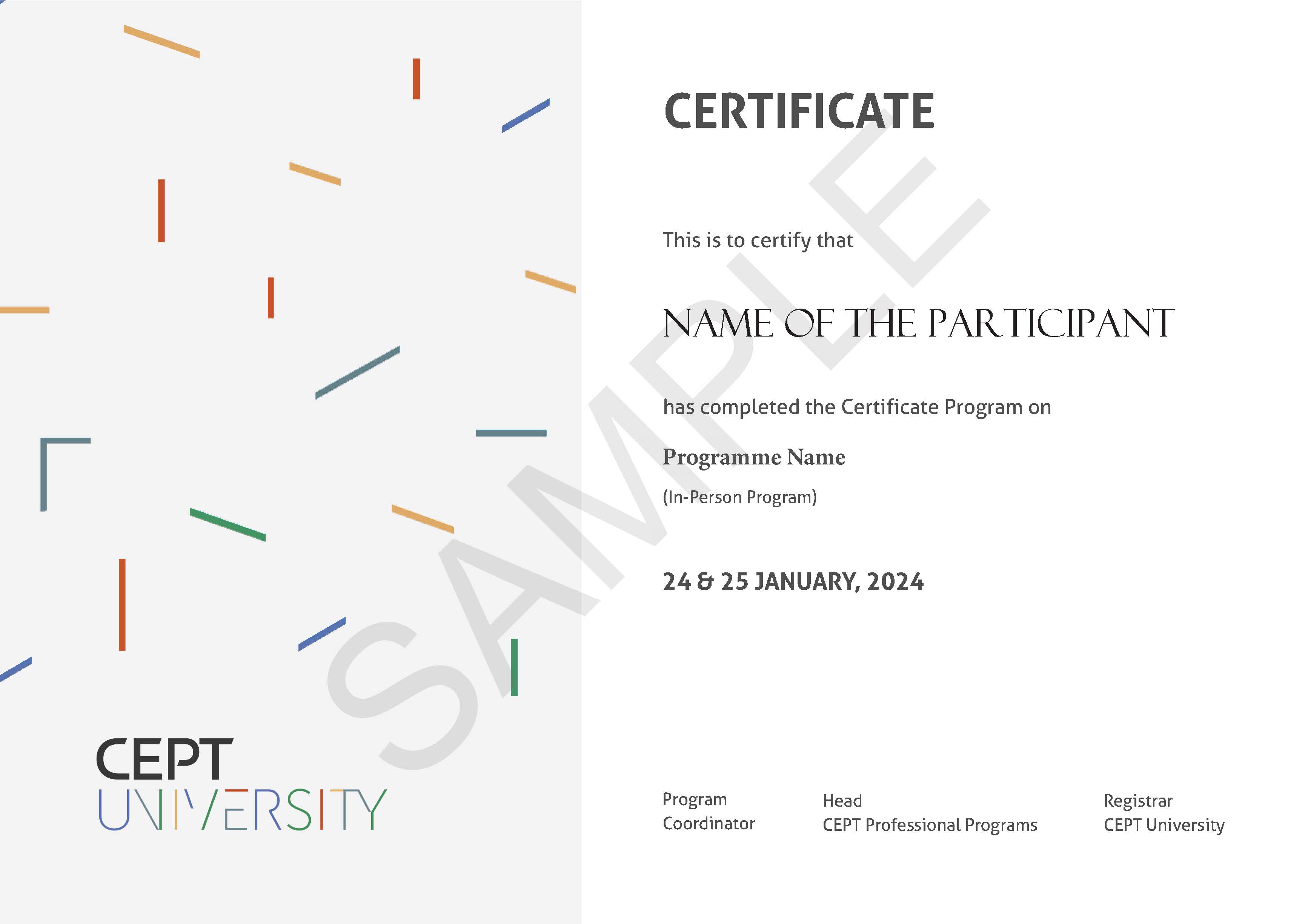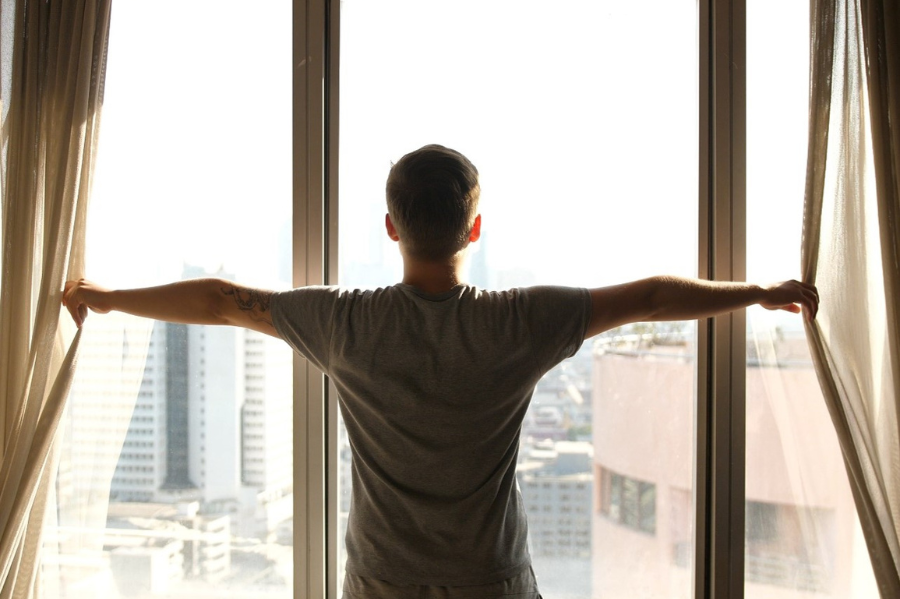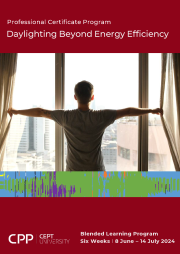- 08 Jun 2024 to 14 Jul 2024
- Six Weeks
- Blended (On-Campus + On-line)
- Certificate by CEPT University
- INR 38500 + GST
- Designed for Professionals with a Bachelor's in Architecture, BE, or B. Tech, with preferred experience in building performance consulting, green certified projects, lighting design, research, or teaching. For more details see program brochure.
About
This six-week long program looks at daylight requirements in buildings which have been historically viewed from an energy efficiency perspective. This program will help bring practioners upto date on health effects of daylight and lighting inside building and how to optimize occupant wellbeing alongside energy performance goals. We shall take a close look at technologies that are often associated with high performance buildings - LED lighting and high-performance glazing from the point of view of occupant health and wellbeing. The program shall culminate in a whole building, project level perspective on making optimal choices.
Some example questions that will be addressed in this program:
- Why luminous efficacy maybe driving us to unhealthy lighting design?
- How do we optimize windows for daylight access and controlling heat gains?
- Is there a conflict between occupant health and energy efficiency goals?
Program Faculty
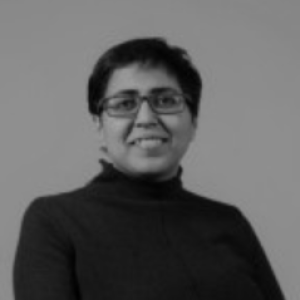
Minu Agarwal
Daylighting, Building performance Simulation, Photometry, Light Pollution
Adjunct Assistant Professor, CEPT University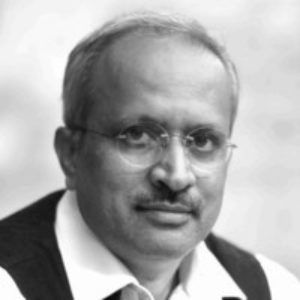
Rajan Rawal
Building performance simulation, Low-energy cooling & Thermal comfort
Professor, CEPT UniversitySenior Advisor, CARBSE, CRDF
Guest Speakers
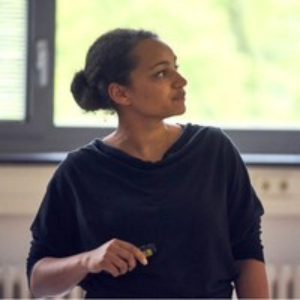
Aicha Diakite-Kortlever
Daylighting Strategies, Lighting Technology, Sustainable Architecture
Lecturer, TU Berlin, Germany
Priji Balakrishnan
Daylight, Daylight Simulation, Climate responsive architecture
Post-Doctoral Researcher, University of Karlsruhe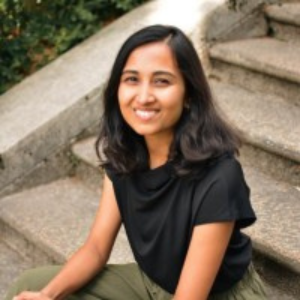
Sneha Jain
Daylight and occupant well-being, Visual comfort
Post-doctoral researcher, Stanford University
Linus Lopez
Lighting Design, Designing for Darkness, Lighting education
Partner, Lirio Lopez Lighting Design Consultants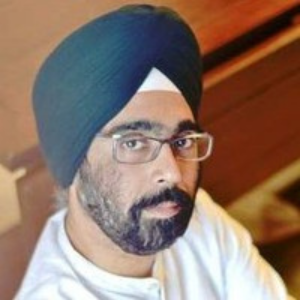
Harmeet Singh Issar
Lighting Design, Lighting Controls, Lighting education
Director, Design Matrix & Design Objects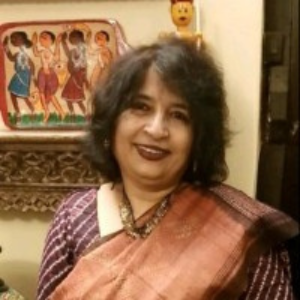
Sudeshna Mukopadhyay
Lighting design, Lighting standards & Lighting education
Vice President, Havells India LtdProgram Structure
The program will be conducted over six-weekends in two modules:
Module A) Concept development through experimentation and computer simulations,
Module B) Practice and application at whole building scale.
-
Changing definition of 'daylit buildings'
With growing understanding of biological effects of light. Past and present daylight metrics such as Waldram’s Sky component, sky view factor, DF, UDI, sDA LEED v4, sDA LEED 4.1, ECBC 2017, EU 17037, WELL circadian lighting shall be brought into play. Properties of daylight relevant to building designers would be explained with state-of-the-art lab demos. Participants will learn from and experiment with two unique artificial skies on the CEPT campus, study effect of films and light fixtures on the spectral distribution of light, to fully understand the relation between wavelength of light and biological pathways for sleep onset and hormonal release/suppression cycle.
-
Maximizing quantity and quality of lighting
Physical properties of visible light shall be discussed under three heads - Quantity, Spectral distribution and direct/diffused. Each of these properties would be explained with lab demos using spectrophotometer and other light measuring devices.
-
Maximizing daylight access at site and building scale
We shall look at key drivers of daylight access. - sky view factor and orientation. Demonstration of outside-in approach to lighting design. Participants will calculate important daylight indicators at of various massing schemes using Rhino + Ladybug tools to identify the best scheme.
-
Daylight access while doing sun control through window sizing and design
This is an age old optimization problem that is a challenge. We shall explore this at the window scale. Participants will need to assimilate the given models, data and select a design that truly maximises daylight access.
-
How can LED lighting support human health?
SPD of common LED chips, how blue LEDs revolutionized LED lighting. Further we shall discuss if LEDs can do the job of daylight. Photopic lux to Melanopic lux conversion will be done.
LPD regulations in commonly applicable energy standards and potential conflicts with glare free lighting and lighting to support circadian systems. In an example private office, participants will implement Super ECBC compliant lighting schemes, calculate W/m2, UGR, Vertical Illuminance and EML at the occupant’s eye. Data from the whole class will be collected to assess feasibility of low energy solutions that are visually comfortable and support human health. -
Is there an energy penalty to good daylight design?
Example 1: What do you get from every 1m2 of window area? This exercise will show which aspects of performance are related linearly to window area.
Example 2: We shall also do a whole building scale problem – to meet health and energy related prerequisites what are potential pathways.
Applications and Admissions
Program is open for Professionals with a bachelors in Architecture, BE, B. Tech degree. The following levels of work experience will better suited for the program:
- 1.5+ year of building performance related consulting work (Daylight or thermal simulations)
- Or Project experience on at least 5 green certified building projects
- Or Lighting designer with 1.5+ years of work experience
- Or Research experience of 3 years
- Or Teaching experience of 3 years.
Applications are open. The deadline for this program is indicative. All applications will be considered as they are received, and seats will be allotted on a first come first serve basis. Admissions will be closed once all seats are full.
Participants will receive a certificate from CEPT University on successful completion of the program.
Sample Certificate
